Fully certified high-quality exosomes. This is an excellent choice for your exosomes supply if you seek to translate your R&D efforts into faster commercialization:
Exosome is a small membrane-bound vesicle (extracellular vesicle) that is secreted into the extracellular environment by the fusion of multive vesicle bodies (MVBs) with the cell membrane.
Exosomes Characterization:
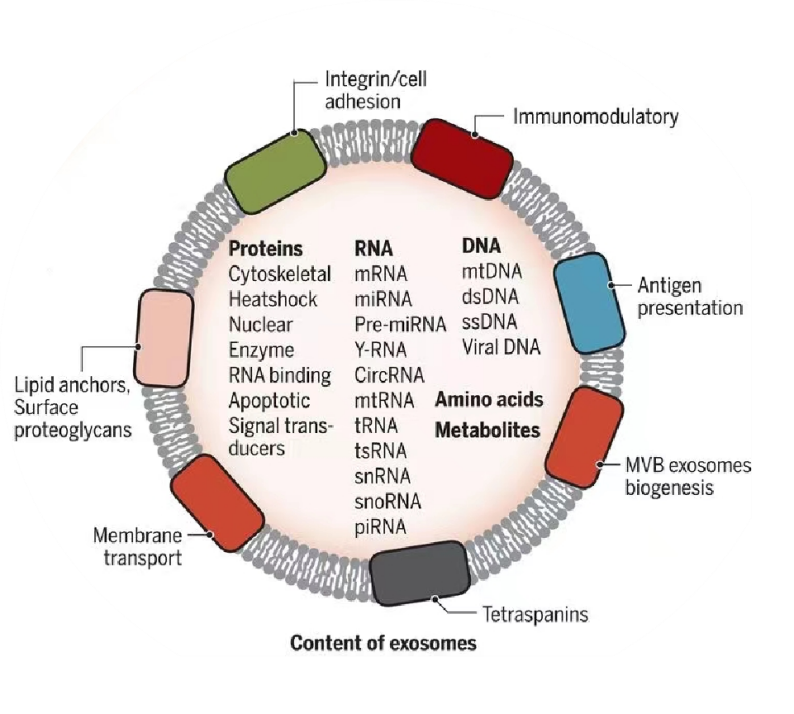 Figure 1. Composition of exosomes.1
Figure 1. Composition of exosomes.1
Exosome-based drug delivery systems with unique properties, such as biocompatibility, less toxic, low-uptake machinery, capability to pass contents from one cell to another cell, and do not produce an immune reaction. And the unique feature that they have more tendency to accumulate in the cancerous cell than normal cells make it a good choice as drug delivery vehicles in biomedicine. Currently, exosomes have been developed for the delivery of proteins, peptides, DNA, RNA, small molecules, macromolecules, nucleic acids, etc. In addition, by modifying the targeting molecules on the exosome surface, the enrichment ability of nanoparticles at the lesion site can be improved.
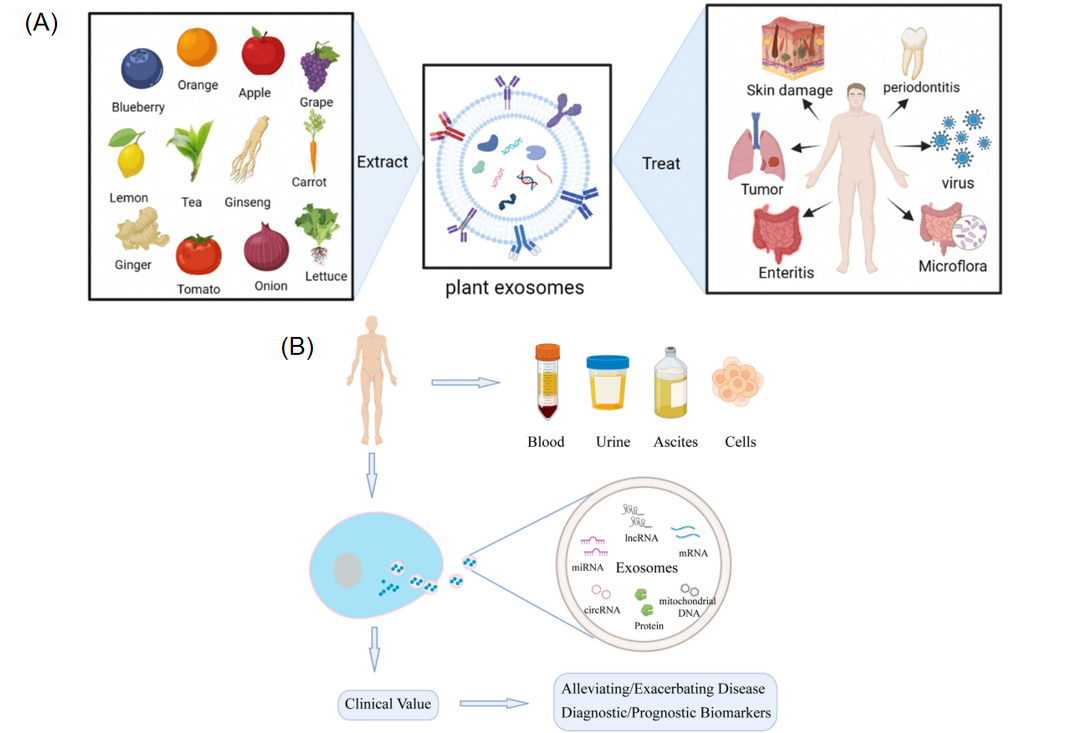 Figure 2. (A)Structure of plant-derived vesicles and their bioactive applications.2
Figure 2. (A)Structure of plant-derived vesicles and their bioactive applications.2
(B)Types of exosomes from different sources in the human body.3
MSC-derived exosomes themselves possess immunomodulatory, angiogenesis-promoting, and antioxidant effects. As drug carriers, exosomes can also deliver small molecule drugs and enhance cancer therapy through surface modification of targeted molecules. A research group modified the targeting peptide (CP05+P4) on the surface of Mesenchymal stem cells (MSCs)-derived exosomes to achieve specific uptake of bladder cancer and achieve precision therapy. (As shown in Figure 2)
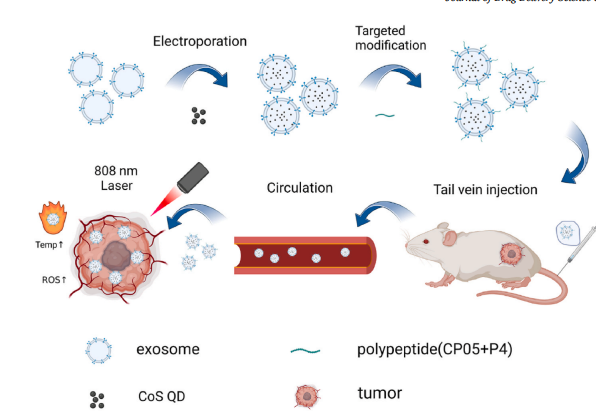 Figure 3. MSC-derived exosomes fight cancer by modifying targeting peptides.4
Figure 3. MSC-derived exosomes fight cancer by modifying targeting peptides.4
In addition to being widely used in the medical aesthetic industry, milk-derived exosomes are also very popular in the biomedical industry. Milk-derived exosomes can regulate miRNAs to modulate the immune system, and they can also be used as drug carriers, loaded with substances such as small molecule drugs or proteins for the treatment of diseases such as breast cancer. (As shown in Figure 3)
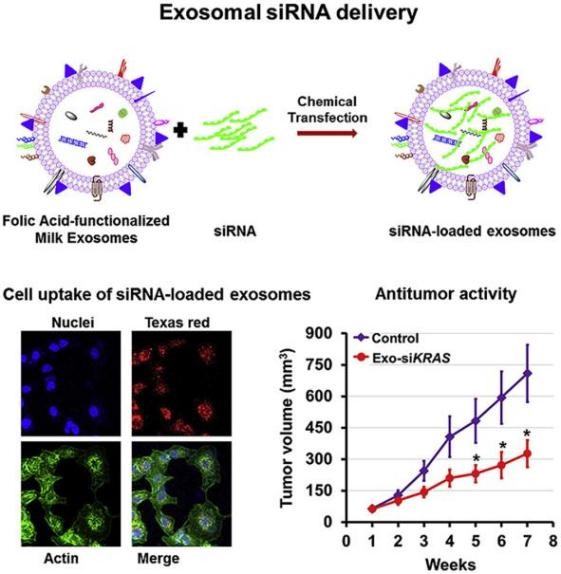 Figure 4. Milk-derived exosomes deliver RNA for anti-cancer research.5
Figure 4. Milk-derived exosomes deliver RNA for anti-cancer research.5
Cancer cell-derived exosomes are commonly used as drug carriers for targeted transport of anticancer drugs to treat the same class of tumor. A study reports that exosomes derived from cancer cells fuse preferentially with their parent cancer cells, in vitro. Systemically injected tumor-derived exosomes home to their original tumor tissues. Moreover, compared to Doxil alone, the drug-loaded exosomes showed enhanced therapeutic retention in tumor tissues and eradicated them more effectively in nude mice. This means that exosomes derived from cancer cells are capable of targeting and recognizing cancer cells, and are very promising drug carriers for cancer therapy.
 Figure 5. Cancer cell-derived exosomes (HT1080 exo) for delivery of anticancer drugs.6
Figure 5. Cancer cell-derived exosomes (HT1080 exo) for delivery of anticancer drugs.6
As the next generation drug delivery system, exosomes possess the following advantages:
The engineered exosome platform can achieve targeted therapy at pathological sites by means of exosome-targeted modification and drug loading.
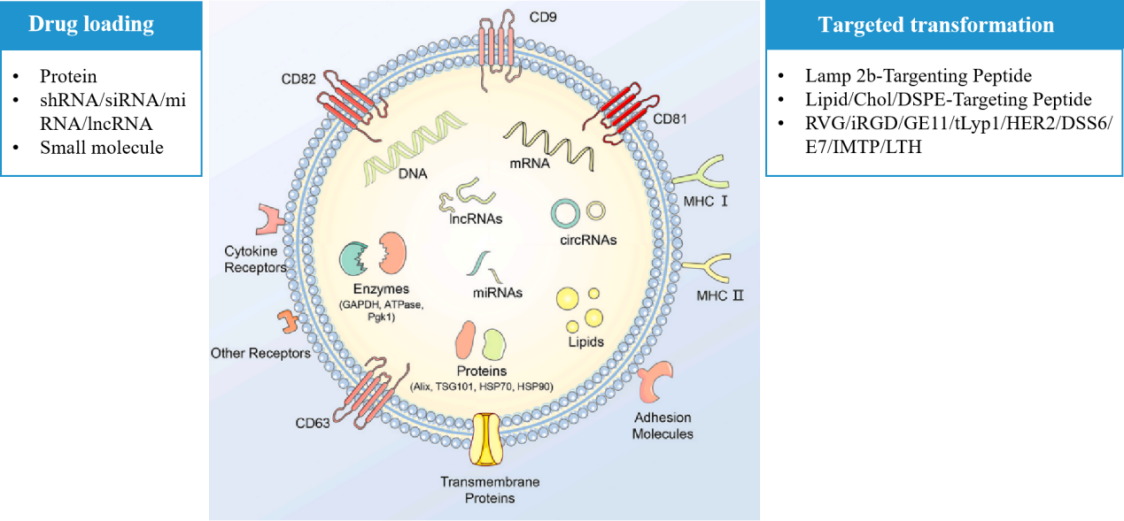 Figure 6. Engineered exosome modification functions.7
Figure 6. Engineered exosome modification functions.7

| Catalog | Product Name | Description |
|---|---|---|
| CDE23-001 | EXOMCF7 | Frozen exosomes (>1x10^6) from MCF-7 human breast cancer, noninvasive cell line. |
| CDE23-002 | EXOMDAMB231 | Frozen exosomes (>1x10^6) from MDA-MB-231 human breast cancer, aggressive/invasive/metastatic cell line. |
| CDE23-003 | EXOPC3 | Frozen exosomes (>1x10^6) from PC-3 human prostate cancer cells derived from metastatic cancer cell line. |
| CDE23-004 | EXOA549 | Frozen exosomes (>1x10^6) from A549 human non-small cell lung cancer cell line. |
| CDE23-005 | EXOH841 | Frozen exosomes (>1x10^6) from H841 human small cell lung cancer cell line. |
| CDE23-006 | EXOH196 | Frozen exosomes (>1x10^6) from H196 human small cell lung cancer cell line. |
| CDE23-007 | EXODMS114 | Frozen exosomes (>1x10^6) from DMS114 human small cell lung cancer cell line. |
| CDE23-008 | EXOPCS500-011 | Frozen exosomes (>1x10^6) from PCS-500-011 human pre-adipose derived mesenchymal stem cell. |
| CDE23-009 | EXOPCS500-012 | Frozen exosomes (>1x10^6) from PCS-500-012 human bone marrow-derived mesenchymal stem cell line. |
| CDE23-031 | EXOMILK | Frozen exosomes (>1x10^6) from Milk. |
| CDE23-032 | EXO293T | Frozen exosomes (>1x10^6) from 293T Cell. |
| CDE23-033 | EXONK CELL | Frozen exosomes (>1x10^6) from NK Cell (Human). |
| CDE23-042 | EXOONION | Frozen exosomes (>1x10^6) from onion juice. |
| CDE23-043 | EXOGINGER | Frozen exosomes (>1x10^6) from ginger. |
| CDE23-044 | EXOGARLIC | Frozen exosomes (>1x10^6) from garlic. |
| CDE23-045 | EXOCELERY | Frozen exosomes (>1x10^6) from celery. |
| CDE23-046 | EXOTOMATO | Frozen exosomes (>1x10^6) from tomato. |
| CDE23-047 | EXOALOE | Frozen exosomes (>1x10^6) from aloe. |
| CDE23-048 | EXOCUCUMBER | Frozen exosomes (>1x10^6) from cucumber. |
| CDE23-049 | EXOPOMEGRANATE | Frozen exosomes (>1x10^6) from pomegranate. |
| CDE23-050 | TargetExo-RVG (Personalization) | Exosome surface modification of the targeting peptide RVG. |
| CDE23-051 | TargetExo-iRGD (Personalization) | Exosome surface modification of the targeting peptide iRGD. |
| CDE23-052 | TargetExo-GE11 (Personalization) | Exosome surface modification of the targeting peptide GE11. |
| CDE23-053 | TargetExo-tLyp-1 (Personalization) | Exosome surface modification of the targeting peptide tLyp-1. |
| CDE23-054 | TargetExo-HER2 (Personalization) | Exosome surface modification of the targeting peptide HER2. |
| CDE23-055 | TargetExo-DSS6 (Personalization) | Exosome surface modification of the targeting peptide DSS6. |
| CDE23-056 | TargetExo-E7 (Personalization) | Exosome surface modification of the targeting peptide E7. |
| CDE23-057 | TargetExo-IMTP (Personalization) | Exosome surface modification of the targeting peptide IMTP. |
| CDE23-058 | TargetExo-LTH (Personalization) | Exosome surface modification of the targeting peptide LTH. |
References
1. Kalluri R, et al.; The biology, function, and biomedical applications of exosomes. Science. 2020, 367: 6478.
2. Cao M, et al.; Plant exosome nanovesicles (PENs): green delivery platforms. Materials Horizons. 2023, 10(10): 3857-3873.
3. Xie D, et al.; Nucleic acids and proteins carried by exosomes from various sources: Potential role in liver diseases. Frontiers in Physiology. 2022, 13: 957036-957054.
4. Yang J, et al.; Engineered exosome-mediated cobalt sulfide quantum dot targeted delivery for photothermal and chemodynamic anticancer therapy. Journal of Drug Delivery Science and Technology. 2023, 83:104441.
5. Aqil F, et al.; Milk exosomes-Natural nanoparticles for siRNA delivery. Cancer Letters. 2019, 449: 186-195.
6. Qiao L, et al.; Tumor cell-derived exosomes home to their cells of origin and can be used as Trojan horses to deliver cancer drugs. Theranostics. 2020, 10(8):3474-3487.
7. Xiong M, et al.; The novel mechanisms and applications of exosomes in dermatology and cutaneous medical aesthetics. Pharmacological Research. 2021,166: 105490-105504.
1. Download the template.
2. Enter product information on the template (maximum number of products: 200).
3. Load the file using selector below.
1. Download the template.
2. Enter product information on the template (maximum number of products: 200).
3. Load the file using selector below.